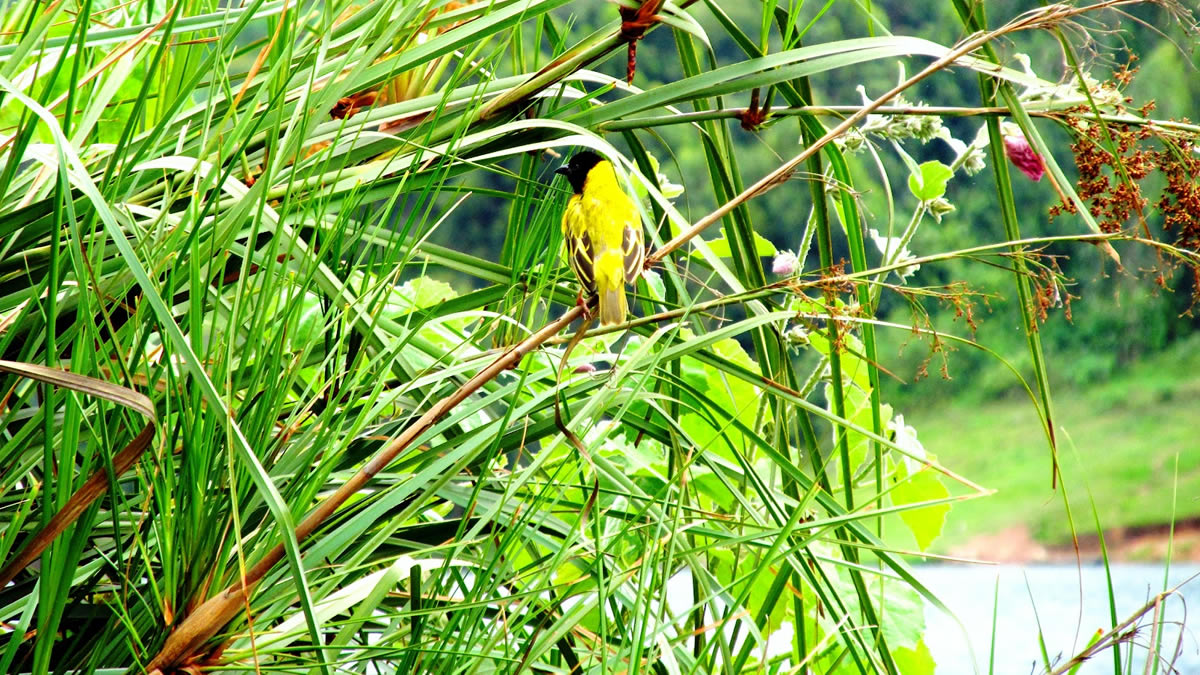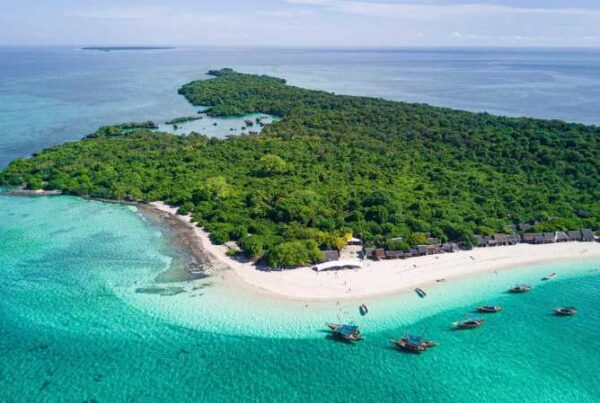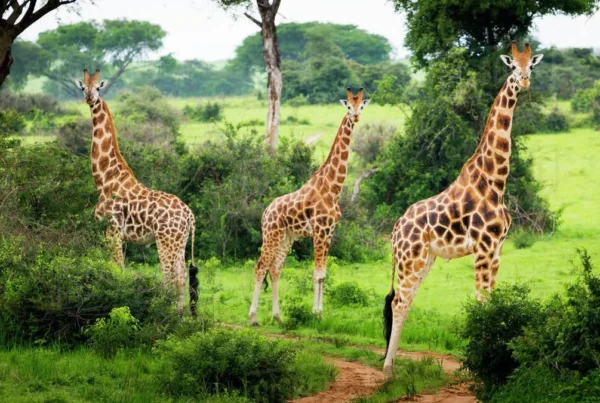Wildlife Photography Tips at Lake Bunyonyi: 7-Day Itinerary for Birders
Where Water Meets Wings
Tucked away in the rolling highlands of southwestern Uganda lies the enchanting Lake Bunyonyi, a mystical haven often celebrated as one of the most beautiful lakes in Africa. Its name, meaning “place of many little birds,” is a true reflection of the extraordinary biodiversity that thrives around its shores. For birders, photographers, and travelers seeking both inspiration and tranquility, Lake Bunyonyi is more than a destination—it is a living canvas where nature performs against a backdrop of emerald hills, terraced farms, and over twenty spectacular islands.
Photography in this region is not only about pointing the camera at the famous birds but about learning to work with the moods of the lake, the interplay of light and mist, and the cultural rhythms of the communities living along its shores. A week spent here, structured thoughtfully, offers countless opportunities to refine photographic skills while immersing deeply in the rhythms of Uganda’s natural heritage. This guide outlines a 7-day itinerary tailored for birders with a strong focus on wildlife photography tips, ensuring that every day becomes a moment to capture, preserve, and celebrate.
Understanding Lake Bunyonyi as a Birding Haven
The lake is a sanctuary of serenity, with no hippos or crocodiles disturbing its calm waters, making it one of the safest and most inviting water bodies in East Africa. Beyond its safety, the highlight remains its avian diversity. More than 200 bird species have been recorded here, from the regal grey crowned cranes to the delicate malachite kingfishers. The shoreline vegetation, papyrus swamps, and island forests provide excellent nesting grounds, which means that keen birders always find a subject to focus their lenses upon.
For photographers, the secret to Bunyonyi lies in patience and perspective. Birds are often best captured during early mornings or late afternoons when the sun softens and the lake becomes painted in gold and silver hues. The water’s reflections create a natural frame, giving photographs depth and mood that cannot be replicated in harsher light.
Day 1: Arrival and Setting the Lens
The first day is best spent acclimatizing to the tranquil environment. Travelers arriving at Lake Bunyonyi after a journey from either Kampala or Kabale are usually greeted by the calm expanse of water dotted with islands, each carrying a unique story. Settling into a lakeside lodge offers the perfect opportunity to begin exploring settings and adjusting camera equipment to the surrounding light conditions.
Even without venturing far, the lake’s immediate surroundings introduce an array of bird species such as herons, egrets, and swallows skimming the surface. Photographers are encouraged to begin with wide-angle shots that capture both birdlife and landscapes, emphasizing the relationship between the subjects and their habitats. The first evening often gifts dramatic sunsets over the water, a reminder that Lake Bunyonyi is as much about atmospheric photography as it is about bird portraits.
Day 2: Early Morning Canoe Excursion
Lake Bunyonyi is best appreciated from the water. A guided canoe ride in the early hours of the morning not only reveals the birds perched in papyrus reeds but also introduces travelers to the iconic sounds of the lake as fish eagles call overhead. The mist rising off the water at dawn creates perfect silhouettes for photographers, while the stillness of the lake reflects birds in sharp detail.
The day is most rewarding when approached with a zoom lens ready to capture kingfishers in action as they dive into the water, and patience allows for moments when shy species emerge from papyrus stands. Midday often provides time to review shots, rest, and prepare for an afternoon excursion along the shoreline, where more terrestrial species reveal themselves.
Day 3: Island Hopping for Birding Diversity
Lake Bunyonyi is home to 29 islands, each with its own ecological and cultural story. A full-day excursion to selected islands provides photographers with opportunities to encounter new species while engaging with the communities that depend on the lake. On islands such as Bushara, nature walks open trails where birders find species like the pied wagtail or the great cormorant.
Photography on this day benefits from experimenting with angles. Birds can be framed against dramatic backdrops of terraced hills, while low shooting angles near the waterline help capture reflections. Conversations with local guides add another layer of knowledge, revealing where migratory birds may be hiding and how best to approach them without causing disturbance.
Day 4: Exploring Terraced Highlands
Birding at Lake Bunyonyi is not restricted to the water. The hills surrounding the lake are terraced for farming, and these landscapes are alive with bird activity. Early hikes into the highlands not only provide panoramic views of the lake but also present unique opportunities for photographing birds in farmland settings.
Species such as weavers and sunbirds thrive here, creating colorful opportunities for close-range shots. The human-environment interaction can also be captured—children herding animals, farmers tending crops, and birds feeding in fields—all blending to tell a deeper story of coexistence. Photographers are encouraged to include these cultural elements in their work, creating images that carry both ecological and human narratives.
Day 5: Papyrus Swamp Birding
The papyrus swamps around Lake Bunyonyi are crucial habitats for some of the most sought-after bird species. Spending a dedicated day in these wetlands allows for specialized photography of reed-dwelling birds such as papyrus gonoleks and elusive swamp flycatchers. These habitats require patience and silence, as many species are shy and easily disturbed.
For photography, long lenses become essential, allowing clear shots without intruding into the birds’ space. Lighting in the swamps can be tricky, with shadows and sudden bursts of sunlight creating contrasts. Adjusting exposure and being prepared for fleeting appearances of birds are crucial techniques for success here.
Day 6: Cultural Encounters and Photography
Wildlife photography at Lake Bunyonyi cannot be fully appreciated without acknowledging the people who live around its shores. The Batwa and Bakiga communities offer cultural experiences that enhance the storytelling capacity of photography. Participating in a guided cultural visit introduces traditional dances, crafts, and ways of life that have remained closely linked to the lake.
Photographers benefit by blending wildlife images with cultural portraits, creating a holistic narrative of Lake Bunyonyi as a space of both nature and culture. This day often inspires creativity, encouraging shots that combine birds in flight with villages in the background, or traditional canoes floating alongside fishing birds.
Day 7: Reflections and Farewell Shots
The final day at Lake Bunyonyi is best spent revisiting favorite spots or simply allowing the lake to dictate the pace. Many travelers choose another canoe ride or a quiet walk along the shoreline to capture final photographs. It is a day to reflect on the collection of images accumulated throughout the week, focusing on perfecting compositions and creating a cohesive photographic story.
As the journey draws to an end, sunset once again plays its role, draping the lake in soft light and marking the conclusion of a week immersed in both birding and photography.
Practical Photography Tips for Birders at Lake Bunyonyi
The success of wildlife photography at Lake Bunyonyi depends not only on equipment but also on attitude. Patience is paramount, as many bird species demand long waits before emerging from their cover. Respecting the natural environment ensures that birds continue to thrive without feeling threatened, while experimenting with angles and light transforms ordinary sightings into extraordinary compositions.
Long-stay travelers find that the advantage lies in time. By spending a week, the chance to revisit sites and practice techniques ensures steady improvement and a richer portfolio of images.
The Perfect Blend of Birds and Beauty
Lake Bunyonyi offers more than a birding destination—it is a place where landscapes, culture, and wildlife converge to create a photographer’s dream. Through a carefully planned seven-day itinerary, birders find themselves not only photographing birds but also capturing the moods of the lake, the warmth of its communities, and the serenity of its setting. The result is a collection of memories that reflect both ecological diversity and cultural depth.
For those seeking to experience Lake Bunyonyi in a seamless and fulfilling manner, it is recommended that travel arrangements be entrusted to professionals with an understanding of Uganda’s natural and cultural treasures. Booking Africa tours and safaris through WildHorn Africa ensures that every day spent at the “place of many little birds” becomes an unforgettable step into the heart of beauty, wilderness, and heritage.





 WildHorn Africa – Authentic and unforgettable tours across Africa, guided by local experts who know the land, wildlife, and culture best.
WildHorn Africa – Authentic and unforgettable tours across Africa, guided by local experts who know the land, wildlife, and culture best.


